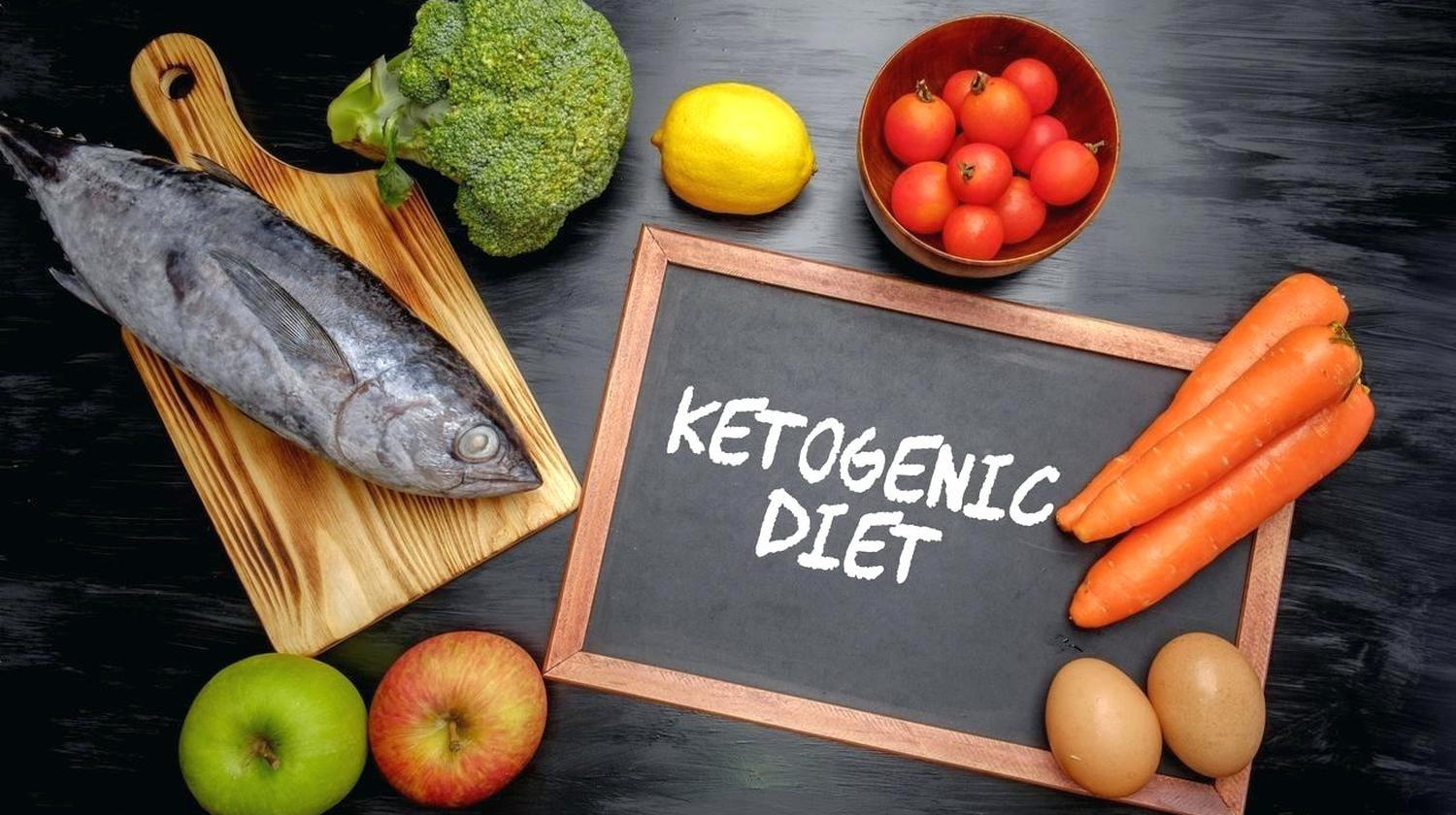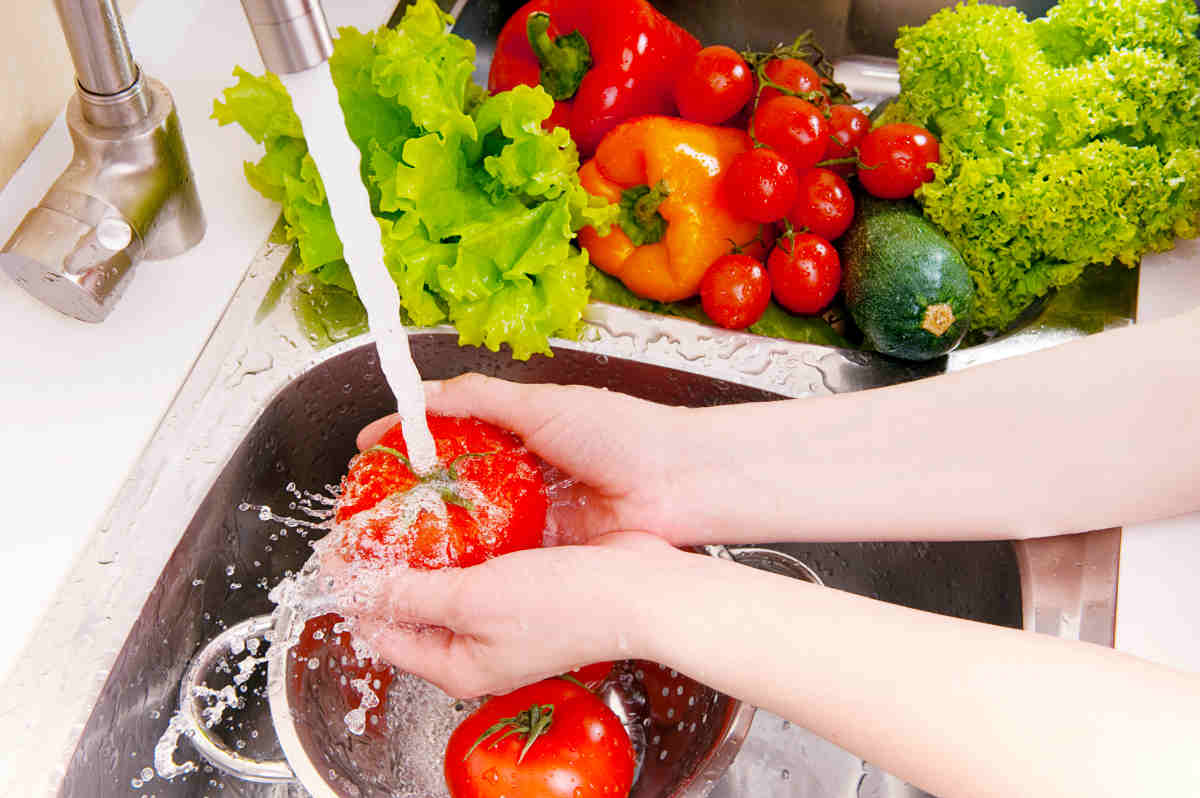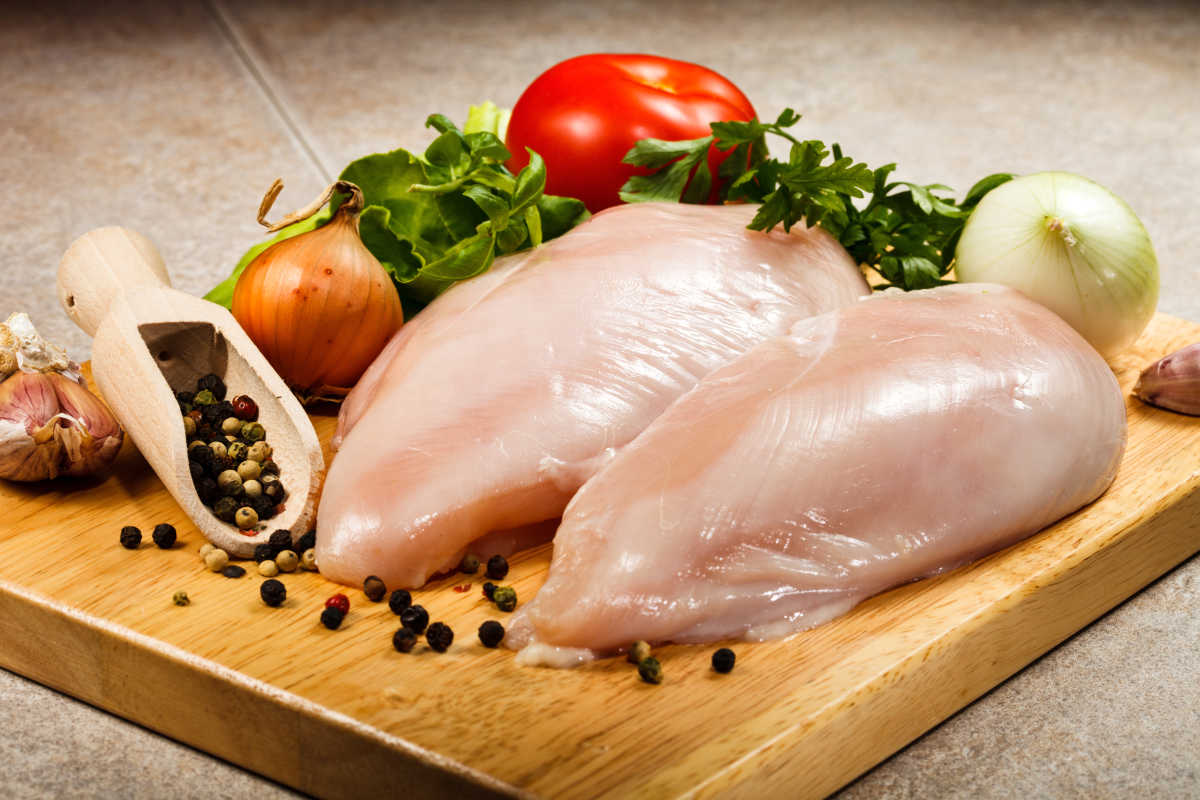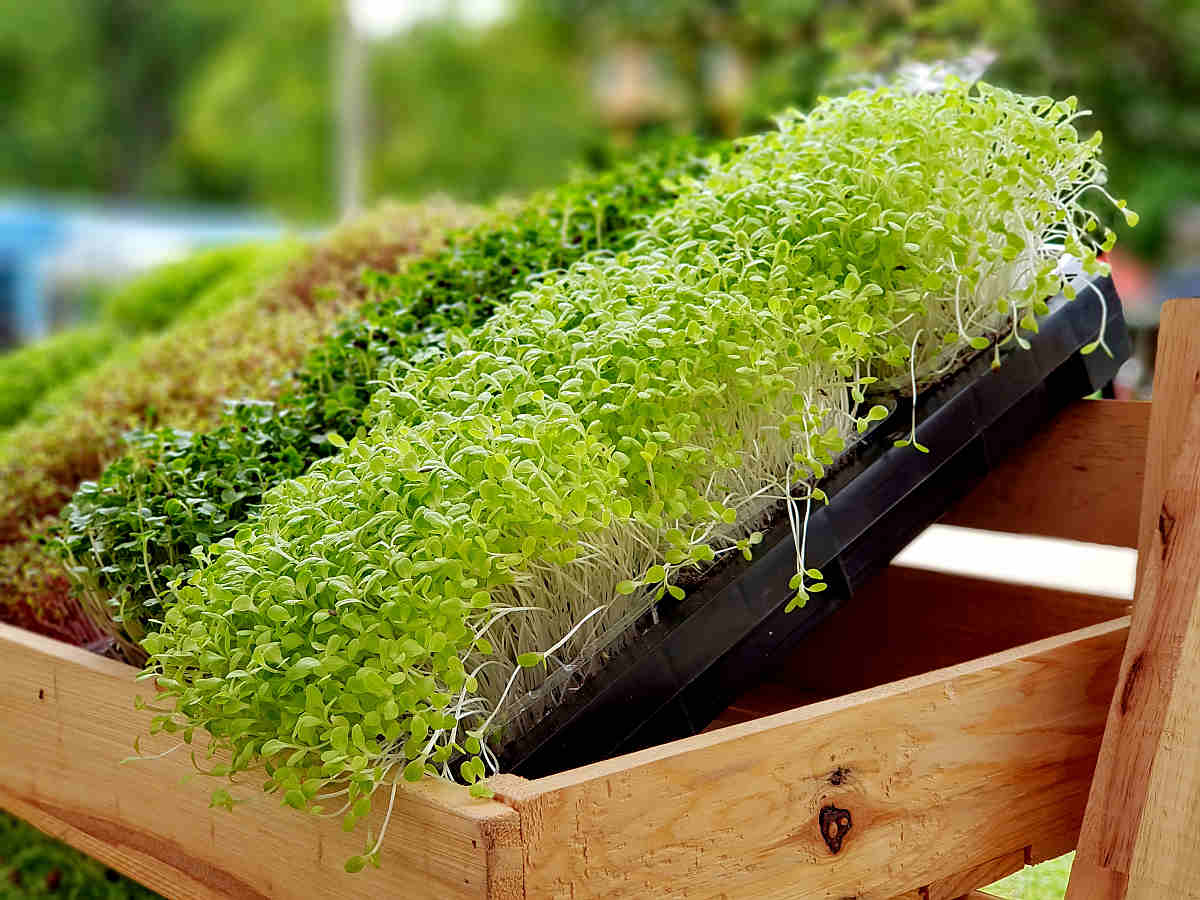
I want to provide you with a list of ketogenic diet foods so you will have an idea of which types of foods to include in your daily meal plan. Check them out below!
RELATED: What Type of Food Triggers Ketosis?
In this article:
Unlimited Vegetables
Animal Proteins
Vegetarian Proteins
Fats
Ketogenic Diet Foods You Can Add to Your Daily Meals
Unlimited Vegetables

Below is the list of non-starchy vegetables that are on the keto food list as acceptable foods to eat on a ketogenic diet. You can experiment with how you cook these low-carb foods in your recipes, so you’ll enjoy tasting every spoonful of any of these vegetables while you lose weight and burn fat over time.
Alfalfa Sprouts
Artichokes
Asparagus
Avocado
Bamboo Shoots
Beans
Beets
Bok Choy*
Broccoli*
Brussels Sprouts*
Cabbage*
Carrots
Cauliflower*
Celery
Cilantro
Collard Greens*
Cucumbers
Dill
Eggplant
Escarole
Garlic
Ginger Root
Kale*
Leeks
Lettuce
Mushrooms
Okra
Olives
Onions
Parsley
Peas
Peppers (all)
Pickles (without sugar)
Radishes*
Salsa (without sugar)
Sauerkraut
Seaweed
Spinach
Squash
String Beans
Sugar Snap Peas
Swiss Chard
Tomatoes†
Turnip Greens*
Turnips*
Water Chestnuts
Zucchini
The vegetables in the diet food list above that are marked with an asterisk are cruciferous, and they have a very slight effect of reducing iodine, which is used by the thyroid to make hormones.
This would probably only occur if you ate cruciferous vegetables exclusively since raw nuts and other foods replace the iodine.
To be conservative, if you are consuming a moderate-to-large quantity of cruciferous vegetables every day on your low-carb diet plan, add some sea kelp or dulse to your diet — just a small sprinkle on your food or greens.
You will achieve significant fat loss if you have plenty of these on your plate.
Cruciferous Vegetables Definition: A group of veggies that belong to the Cruciferae family and are also considered cool weather vegetables with flowers of four petals, resembling a cross. These vegetables have high vitamin C content and soluble fiber. They also contain phytochemicals and several nutrients.
Animal Proteins

You can also include animal protein foods in the ketogenic diet with intermittent fasting. Depending on your size or body type, consume 3 to 6 ounces of animal protein (eggs, fish, meat, chicken, etc.) with meals. Grass-fed cows are a great source of meat for keto.
RELATED: The 6 Cauliflower Health Benefits
Vegetarian Proteins

It is more difficult to find vegetarian proteins for our purpose because vegetables tend to come with carbohydrates. However, the proteins below you can buy in the grocery store and are known for their long-term healthy effects:
Spirulina
Protein Powder (pea, hemp, and brown rice)
Organic Fermented Soy (smaller amounts): tofu and tempeh
Seeds (sunflower, sesame, and pumpkin)
Sprouted Beans
Lentils
Mushrooms
Almond Butter
Nuts
Nutritional Yeast
Hummus
Fats

People always ask, “How many grams or ounces of fat can I eat?” That’s a hard one since you have many variables to consider: bile reserve, digestive strength, age, history of eating fats, liver function, and so on. You will have to test the waters but between 20 and 40 grams is about average. Start out with a small piece of
Brie cheese (2 to 3 ounces), a small handful of nuts, or maybe a teaspoon of peanut butter after each meal. But, always eat your fats with the meal, not as a snack, to take advantage of the diet’s health benefits.
With the list of ketogenic diet foods I mentioned above, you can narrow down your search for the types of foods to consume for your long-term weight loss program. Just remember the right amounts of fat and protein you have to take in every meal and calculate your net carbs from the total calories to monitor your carbohydrate intake.
Which of the items from the ketogenic diet foods list above is your favorite? Let us know in the comments section below.
Up Next:
Disclaimer: Our educational content is not meant or intended for medical advice or treatment.
Editor’s Note: This post has been updated for quality and relevancy.
